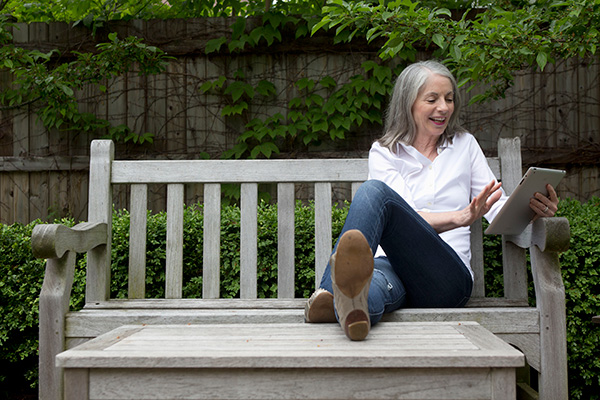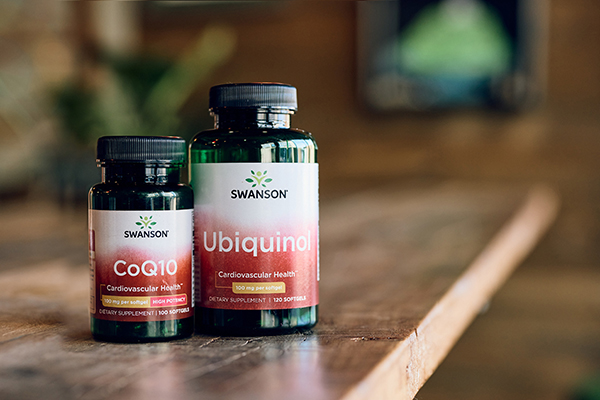In the age of digital technology, it’s no secret that most people are glued to their smart phones from right when they get up in the morning to when they go to bed at night.
If you’re having trouble disconnecting from your devices or if you’re feeling overwhelmed with technology, try a digital detox!
What Is a Digital Detox?
A digital detox means turning off all phones, tablets, computers and other electronic devices for a certain period of time (often between 24-72 hours).
It can help you relax and not get so caught up in keeping up with everyone else on social media. Unplugging allows you spend more time on yourself in your real life, not following what other people are posting all the time and, best of all, be more focused on spending time on the things and people that are most important to you.
The How & Why of Digital Detoxing
Think about why you want to do a digital detox. Are you feeling overwhelmed and need a break? Do you want to spend more time with friends and family? Do you just want to see what it would be like?
Being on our phones and devices all the time can help connect us to other people and keep us informed, but it can also take a toll on our health and mental well-being.
A digital detox can help you be more mindful of how you’re spending your time, for better or worse.
Some people will start by turning off their devices for a half hour or an hour each day and working up to 24 hours, while others will just dive right into the 24 hour jump right away. For another option, others choose to only check their email, social media and other apps for a certain amount of time each day instead of disconnecting entirely. Figure out what works best for you, and go from there.
Here are some tips for doing a successful detox, no matter how long you choose to do it:
1Choose a day/time that’s realistic for you.
Weekends and holidays work best for most people, but if during the week works better for you, go for it.
2Tell people a few days ahead of time that you’ll be taking a break.
Make sure to tell people you communicate with via devices that you’ll be taking a break for a while. That can help for accountability purposes as well.
3Plan some activities to keep you busy.
Cook, read, go on walks, pick up a new hobby, etc. Look at what apps or sites you really like using and figure out why you like them. If you like browsing photos on Instagram, check out an art gallery. If you like to read fitness blogs, organize a run or hike with friends.
Also, it’s normal to feel a bit uneasy when you’re unable to constantly check your phone or computer for notifications like you normally might. Keep your mind distracted, and that feeling should pass.
4Buy an alarm clock.
Many people use their phones as alarms, but for this, it may be best to buy a regular alarm clock. If possible, move it to your dresser or somewhere out of reach where you have to get out of bed to turn it off.
5Create new routines.
You may find yourself wanting to reach for your phone out of habit to check your emails right away in the morning or clear your notifications at night. Instead, pick up a book or go on a walk to distract your mind.
Some people pick up meditation when doing a digital detox. It’s a great way to clear your mind and refresh your brain. If you watch videos, check Facebook or read your emails every night before bed, create a new nighttime routine.
6Turn on airplane mode.
If you listen to music on your phone when working out, cleaning, etc., turn on airplane mode. If you need your phone for work or are expecting an important call, turn off push notifications from all your apps or temporarily delete them so the temptation to check them is gone.
7Minimize your digital clutter.
Unsubscribe from some email lists, delete some apps or unfollow some pages and accounts on social media. Try to check your email or social media less frequently than you used to, and see how you feel.
Avoid being on your devices right away in the morning or before bed at night. Constantly staring at screens can lead to eye strain.
8Do it again.
Practice a digital detox a few times a year, if possible. If you did one for 24 hours, try 48 or 72 hours next time. Make it a regular weekly or monthly habit if you’d like.
By unplugging every once in a while for digital decluttering, it can help you feel more rejuvenated. Without worrying about what to post when or trying to stay caught up with what your friends are posting, you can focus and remember what matters most to you.
If you want a more intensive digital detox, there are courses, camps, books, seminars and more to help.
Even after your digital detox is over, there are steps you can take to ease back into digital life without getting overwhelmed and falling back into your old habits again. Ban all devices during meals, only check your email four times a day or turn off all devices at least two hours before bed.
Sources:
- Forbes.com
- Shape.com
- Mindbodygreen.com
- Telegraph.co.uk
Have you done a digital detox before, or would you consider doing one?




